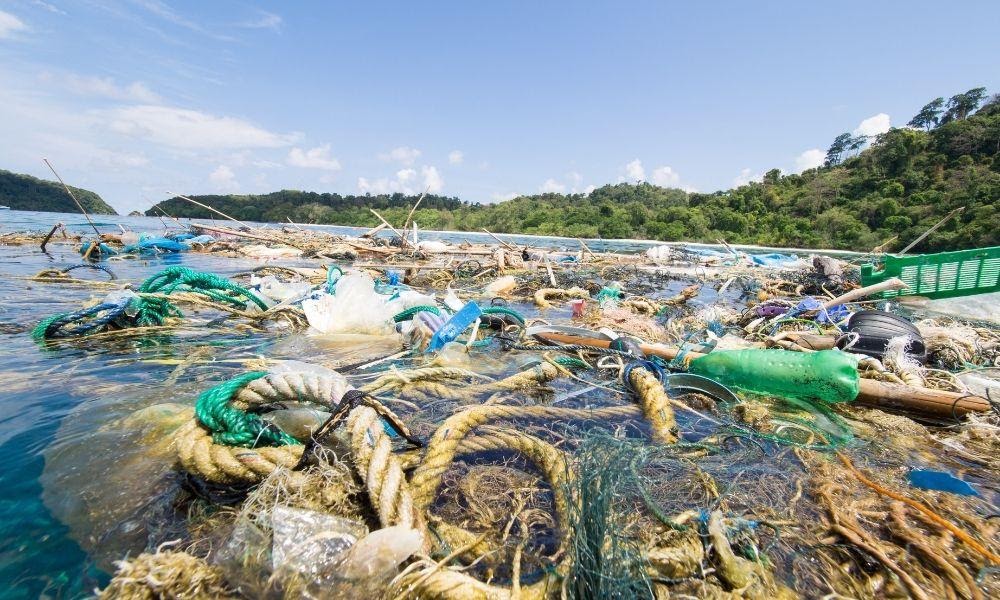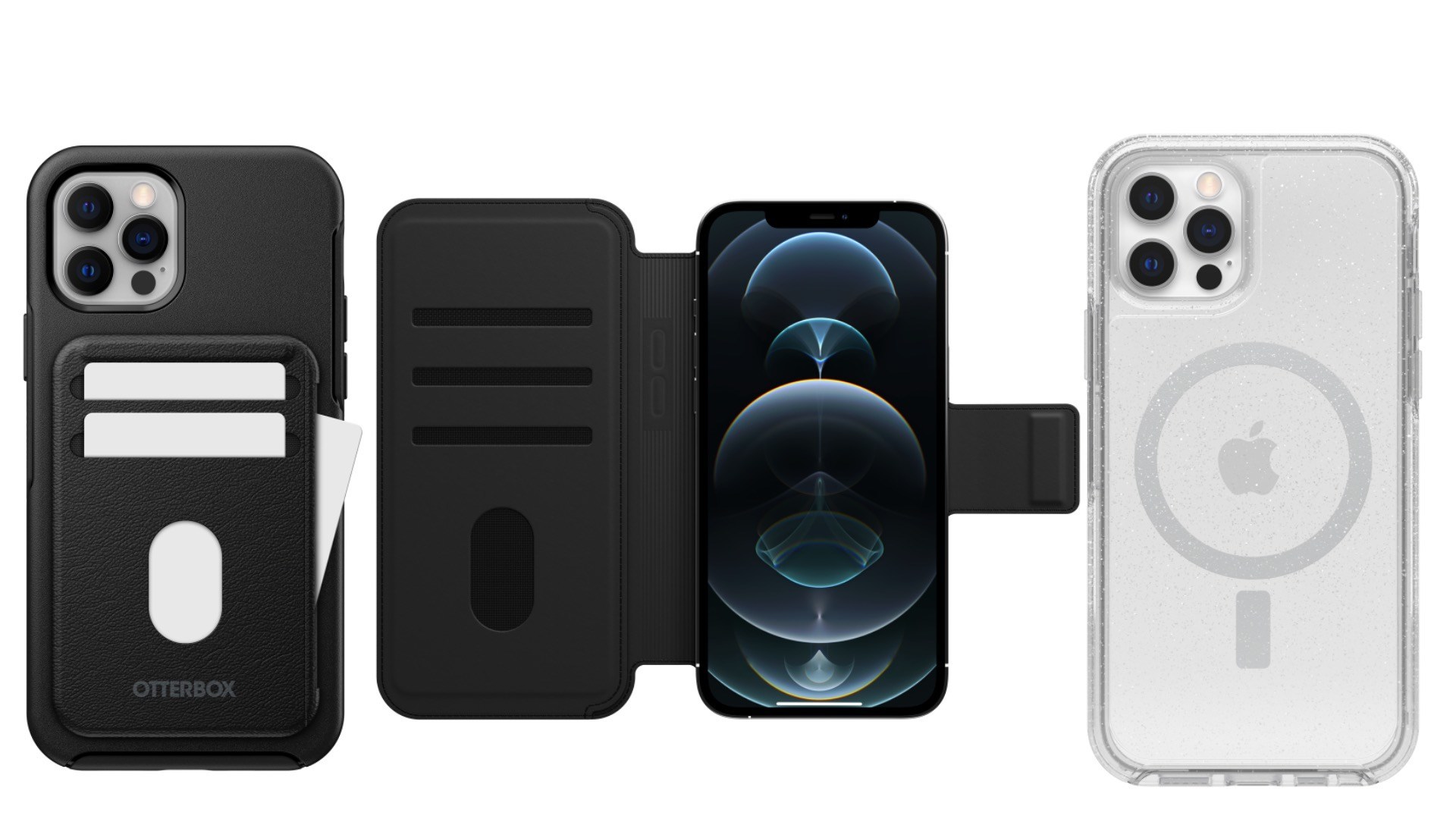The History of the Great Pacific Garbage Patch

Most people don’t completely understand the Great Pacific Garbage Patch. Largely due to rumors or overzealous PR campaigns, people are often under the impression that it’s a solid floating mass of trash you can see from space. That’s not exactly the case.
The Great Pacific Garbage Patch is soupy zone of plastic accumulation twice the size of Texas that floats halfway between Hawaii and California. It cannot be seen by space walkers, and people who attempt to walk on it will sink right through. The history of the Great Pacific Garbage Patch paints a more complicated picture. But, for the sake of our planet, its story is worth telling.
Charles Moore’s Discovery
In 1997, when crossing the Pacific from Hawaii to Los Angeles, yachtsman Charles Moore became the first person to spot what would later be called the Great Pacific Garbage Patch.
“It wasn’t like an island of trash like people keep wanting to say,” Moore said. “It’s just that I couldn’t survey the surface of the ocean for any period of time while standing on deck without seeing some anthropogenic debris, something that was human in origin, float by.”
Surrounded by trash, Moore became concerned that there was much, much more in the area than he was able to see. Later on, hoping he could locate the source of the garbage, he decided to send Seattle oceanographer Dr. Curtis Ebbesmeyer a bag of recovered potato chips.
Dr. Curtis Ebbesmeyer’s Conclusion
Ebbesmeyer, who later gave the garbage patch its name, did not believe the trash was coming from any one location, but that the motion of the ocean had forced garbage from sources hundreds of miles apart together to a centralized spot. These large sways in ocean currents, known as gyres, are responsible for garbage patches across the world, though the largest is the one in the Pacific.
Dangers Posed by the Garbage Patch
Upon seeing the garbage patch, Moore became concerned about floating pieces of debris. Items such as plastic bags and bottles stood out to him as particularly hazardous. But the history of the Great Pacific Garbage Patch’s effect on the planet would reveal problems far more nefarious and subtle than Moore initially thought.
The gyre operates as a sort of blender. When the ocean pulls the plastic trash this way and that, microscopic pieces of garbage are removed from the larger pieces, and they drift away. Sea animals then ingest these microplastics. But this catastrophe doesn’t just stop in the ocean—humans and other mammals who eat fish from the sea are also being poisoned by the garbage patch.
We all know there are ways to properly dispose of or destroy waste. But so long as people remain irresponsible and environmentally blind, we will continue to watch our oceans fill up with miles and miles of garbage.





